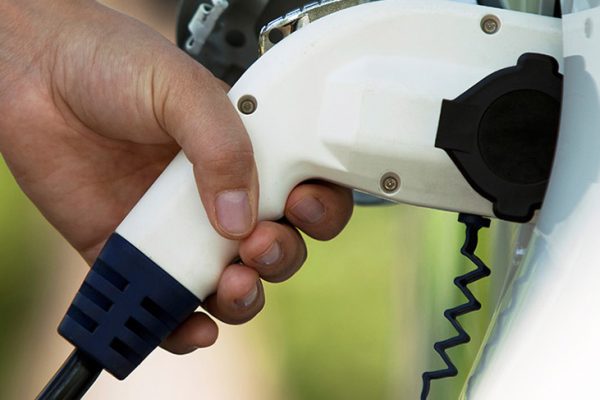POSITIVE news for new car sales with 115,087 registrations in January according to the latest figures from the Society of Motor Manufacturers and Traders, up by more than a quarter (27.5%) on January 2021, when lockdown restrictions kept car showrooms shut.
However, the market remains well below pre-pandemic levels, 22.9% lower than in January 2020, as chip shortages in particular continue to impact supply.
Jamie Hamilton, automotive director and head of electric vehicles at Deloitte, said that sales in January were driven primarily by private sales (64%). He added: “It is hard to gauge what January 2022’s results signal for the year ahead given a combination of factors, including a growing squeeze on the cost of living and unresolved supply chain issues. It may not be until well into the second half of the year that we can more accurately establish what the baseline is for UK car sales.
“The good news is that supply pressures caused by the semi-conductor shortage are starting to ease. Global markets – most notably the US and China – saw a rebound in car sales at the end of 2021, with reports of a similar story in automotive production in East Asia and Mexico.
“The point at which supply issues are fully resolved, it’s likely we’ll see substantial pent-up demand released in the UK, which bodes well for the industry’s prospects in 2022. Until then, rising prices, especially in the used car sector, have meant some manufacturers and dealers have been able to offset the impact of declining volumes on their bottom line.
Appointed Representative Opportunities with Wessex Fleet
Have you thought about growing your broker business? Are you looking for opportunities for growth? Then why not consider joining Wessex Fleet as an Appointed Representative?
Keeping you on the move with leasing solutions tailored to your needs
Leasys is the proud Contract Hire partner of the Stellantis brands, offering mobility solutions from medium and long-term rentals to management systems for company fleets.We work with Brokers to support all their customers requirements.
Accelerate your business with QV Systems & Leaselink
Unlock unparalleled efficiency in vehicle procurement with QV Systems’ Accelerate, now seamlessly integrated with Ebbon Automotive’s Leaselink. Tailored for brokers and funders, this integration streamlines the entire process from quote to delivery, empowering you to effortlessly source and order vehicles for your clients.
“The EV sector has started the year as they ended the last; as clear winners compared to their petrol and diesel equivalents. Battery electric (BEV) and plug-in hybrid electric (PHEV) vehicles grew by 131% and 47% respectively in January, and now hold a combined 20% share of the market. This compares to 13% in the same period last year.
“More than one in ten new cars sold in the UK are fully electric. To sustain the rate of growth of EV sales ahead of the 2030 ban on polluting vehicles, the industry needs to overcome a number of barriers. For example, UK consumers still identify driving range and lack of public charging infrastructure as the main two barriers to purchasing a fully electric vehicle.
“In reality, new EV models are offering longer-lasting battery charges but the perceived lack of public charging infrastructure remains an issue. Significant investment is required to avoid a scenario where EVs are only a realistic option for consumers with off-street parking.
“The perceived price premium for an EV is also identified by UK consumers as a barrier, at a time when subsidies are being reduced. Add in the continuing squeeze on incomes, and many consumers feel they simply cannot afford an EV for now.”
The rapid pace of change is underlined by the latest market outlook, which forecasts registrations of BEVs and PHEVs to grow by 61% and 42% respectively in 2022, meaning that, by the end of the year, almost one in four new cars would come with a plug.
Overall, total new car registrations are expected to rise 15.2% on 2021, to 1.897 million units. This is a downward revision from October’s outlook of 1.96 million, as the ongoing semiconductor shortage, increasing costs of living and rising interest rates are expected to dampen some demand in 2022. A 2022 market of 1.897 million would still be down -17.9% on the pre-pandemic 2019, but the recovery is expected to continue into 2023, with the market projected to climb above two million units for the first time since 2019.
Mike Hawes, SMMT Chief Executive, said: “Given the lockdown-impacted January 2021, this month’s figures were always going to be an improvement but it is still reassuring to see a strengthening market. Once again it is electrified vehicles that are driving the growth, despite the ongoing headwinds of chip shortages, rising inflation and the cost-of-living squeeze. 2022 is off to a reasonable start, however, and with around 50 new electrified models due for release this year, customers will have an ever greater choice, which can only be good for our shared environmental ambitions.




















